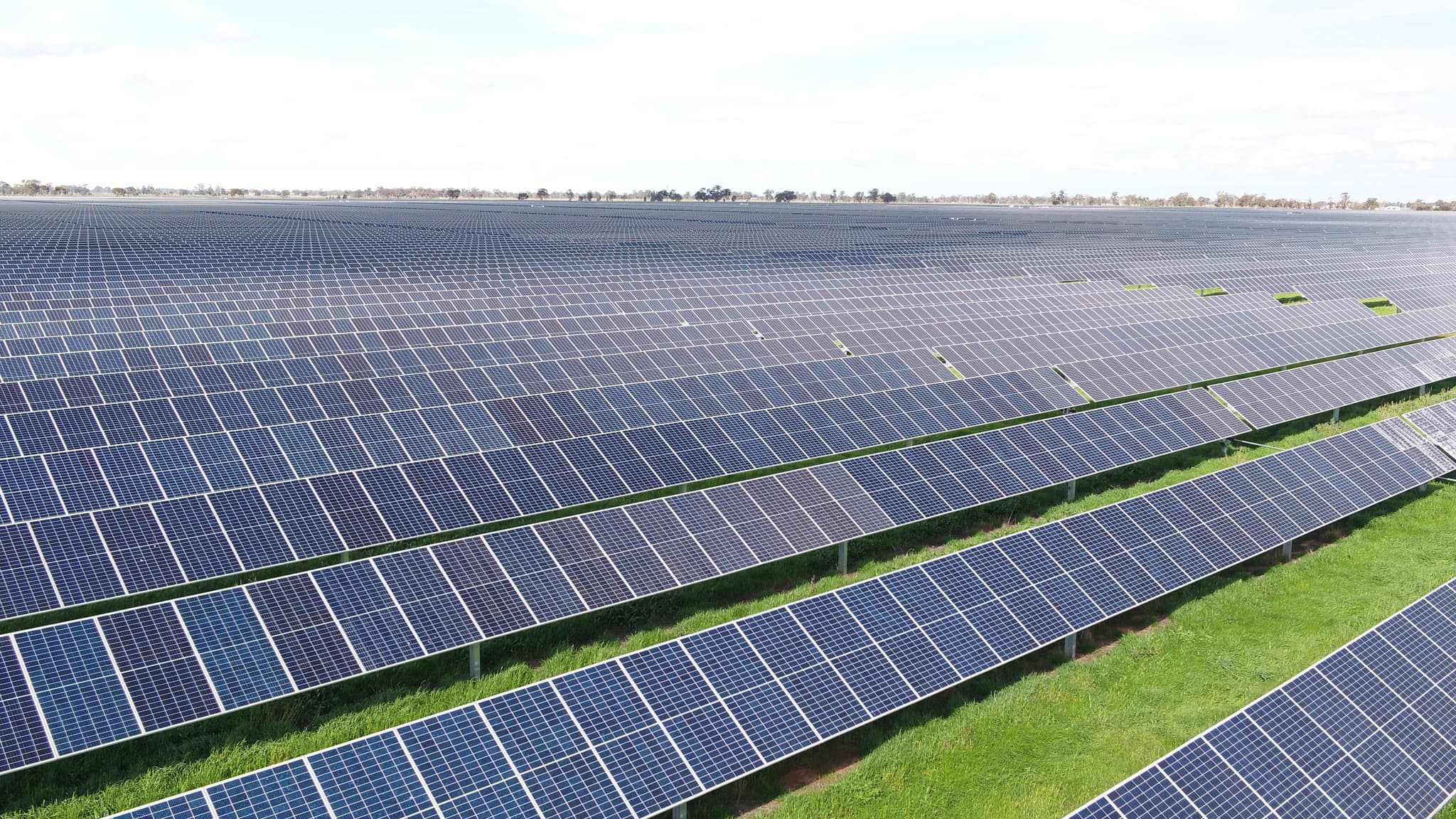Why interconnectors are essential for European energy security
More than half of Europe's power grid is vulnerable. More international connections and cooperation can prevent outages.
Published on September 25, 2025

Team IO+ selects and features the most important news stories on innovation and technology, carefully curated by our editors.
European energy think tank Ember investigated the European power grid and recent outages, with a special focus on the possibilities for importing power in the event of large-scale outages. The study reveals that more than half of the network is vulnerable, particularly in areas where international imports are restricted. This can lead to large-scale blackouts, such as the hours-long outage in Spain and Portugal at the end of April. Finland, Ireland, France, and several Eastern European countries are also at risk.
Interconnectors as a safety net in the event of power outages
At the same time, the analysis shows that international grid connections can effectively prevent disruptions. A striking example is the disruption at a high-voltage substation in Rogowiec, Poland, on May 17, 2021, caused by human error, which resulted in the shutdown of 3.5 GW of capacity. Interconnectors then provided 4.5 GW of emergency support, preventing a possible blackout. Heavy rainfall in Poland on June 22, 2020, which damaged coal supply lines and resulted in a loss of 5.7 GW of power generation, was partially offset by interconnectors providing 3 GW of emergency power. These incidents highlight the importance of interconnectors in facilitating rapid intervention and ensuring the continuity of power supply. The capacity of interconnectors is therefore crucial for compensating for unexpected shortages and preventing major power outages.
Emergencies and geopolitical tensions
The added value of interconnectors extends beyond mitigating technical failures. They have also proven essential during times of geopolitical tension and war. When Ukraine requested emergency synchronization with the European electricity grid on the day of the Russian invasion, this was achieved within three weeks. Thanks to interconnectors, Ukraine was able to import more than 800 GWh of electricity per month during the heaviest attacks on its energy infrastructure in 2024. This underlines the role of interconnectors as a crucial lifeline in times of conflict. Lithuania, Latvia, and Estonia became fully synchronized with the European grid and disconnected from Russia on February 9, 2025, thanks in part to a €1.2 billion investment from the Connecting Europe Facility. This strategic shift strengthens the energy independence of the Baltic states and reduces their vulnerability to Russian influence.
Cyberattacks and sabotage
In addition to physical threats, cyberattacks are a growing concern for European energy infrastructure. Since the start of the war in 2022, hackers attributed to Russia have attacked energy companies across Europe. Globally, the frequency of cyberattacks on energy companies has doubled since 2021, according to the International Energy Agency. In April 2025, Russian hackers disrupted the operations of a Norwegian hydroelectric power plant. Nine recent cases of damage to infrastructure in the Baltic Sea, including the EstLink 2 power cable, also highlight the need for protection. The damage to the EstLink 2 interconnector, caused by a Russian “shadow fleet vessel,” reduced Estonia's electricity import capacity by 27%, just two months before the complete disconnection of Estonia, Latvia, and Lithuania from the Russian electricity grid. These incidents demonstrate that energy infrastructure is a potential target and that vigilance and investment in security are essential.
On April 28, 2025, the largest power outage in modern European history occurred, leaving approximately 60 million people in Spain and Portugal without power for hours. Interconnectors played a crucial role in restarting the Iberian electricity grid within 16 hours. The first power line between France and Spain was reactivated within ten minutes, followed by the interconnector with Morocco and other connections with France.
European interconnection capacity is expected to nearly double between 2024 and 2040, and possibly even triple if all planned projects are completed on time. Priority should be given to areas with limited connectivity and high exposure to potential disruptions, such as the Iberian Peninsula, Eastern Europe, and Finland. The European Commission recently proposed an action plan for cable security and a hybrid toolbox to address hybrid warfare.
